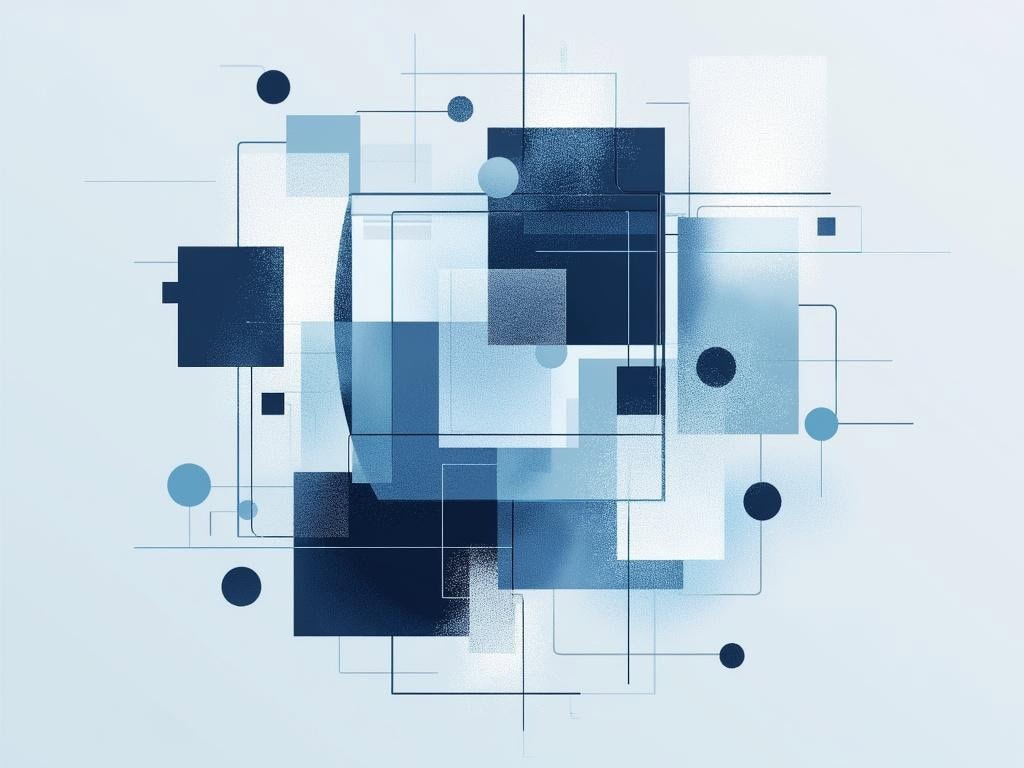Critical SAP NetWeaver Vulnerability: Immediate Security Measures Needed to Protect Enterprises

Critical SAP NetWeaver Vulnerability Threatens Enterprise Security
A severe security flaw in SAP NetWeaver AS Java could allow unauthorized attackers to execute arbitrary commands on servers without authentication. The vulnerability, assigned CVE-2025-42944 with a maximum CVSS score of 10.0, was addressed in SAP's latest security update along with 12 other critical fixes. Understanding why cybersecurity matters for enterprise systems has never been more crucial.
The high-severity bug stems from an insecure deserialization issue that could compromise enterprise systems through the RMI-P4 module, potentially affecting thousands of businesses worldwide using SAP's enterprise software platform.
Security Impact Analysis
The vulnerability's critical nature lies in its ability to let attackers exploit open ports by submitting malicious payloads. This exploitation method bears similarities to common malware attack vectors in enterprise environments. This could lead to complete system compromise, affecting:
- System confidentiality
- Data integrity
- Service availability
"Deserialization remains the major risk," explains Jonathan Stross from Pathlock. "The P4/RMI chain continues to drive critical exposure in AS Java, with SAP issuing both a direct fix and a hardened JVM configuration to reduce gadget‑class abuse."
Comprehensive Vulnerability Overview
SAP's security update addresses two other significant vulnerabilities:
- A directory traversal flaw (CVE-2025-42937) in SAP Print Service with a 9.8 CVSS score, allowing attackers to overwrite system files
- An unrestricted file upload vulnerability (CVE-2025-42910) in SAP Supplier Relationship Management, rated at 9.0 CVSS
Organizations implementing comprehensive unified threat management solutions alongside these patches can significantly enhance their security posture.
Enhanced Protection Measures
To strengthen security against these threats, SAP has implemented additional safeguards, including:
- A JVM-wide filter (jdk.serialFilter) preventing specific classes from being deserialized
- Mandatory and optional blocking lists for vulnerable classes and packages
- Collaborative security measures developed with ORL
Critical Response Actions
- Organizations should immediately apply the latest patches to prevent potential exploitation
- IT teams should review their SAP NetWeaver configurations and implement recommended security measures
- Businesses should monitor system activities for any signs of unauthorized access or suspicious behavior
While no active exploits have been reported, the severity of these vulnerabilities demands immediate attention from SAP administrators and security teams. Regular security audits and prompt patch implementation remain crucial for maintaining enterprise system security.
For additional technical details about this vulnerability, visit the official SAP Security Portal.

